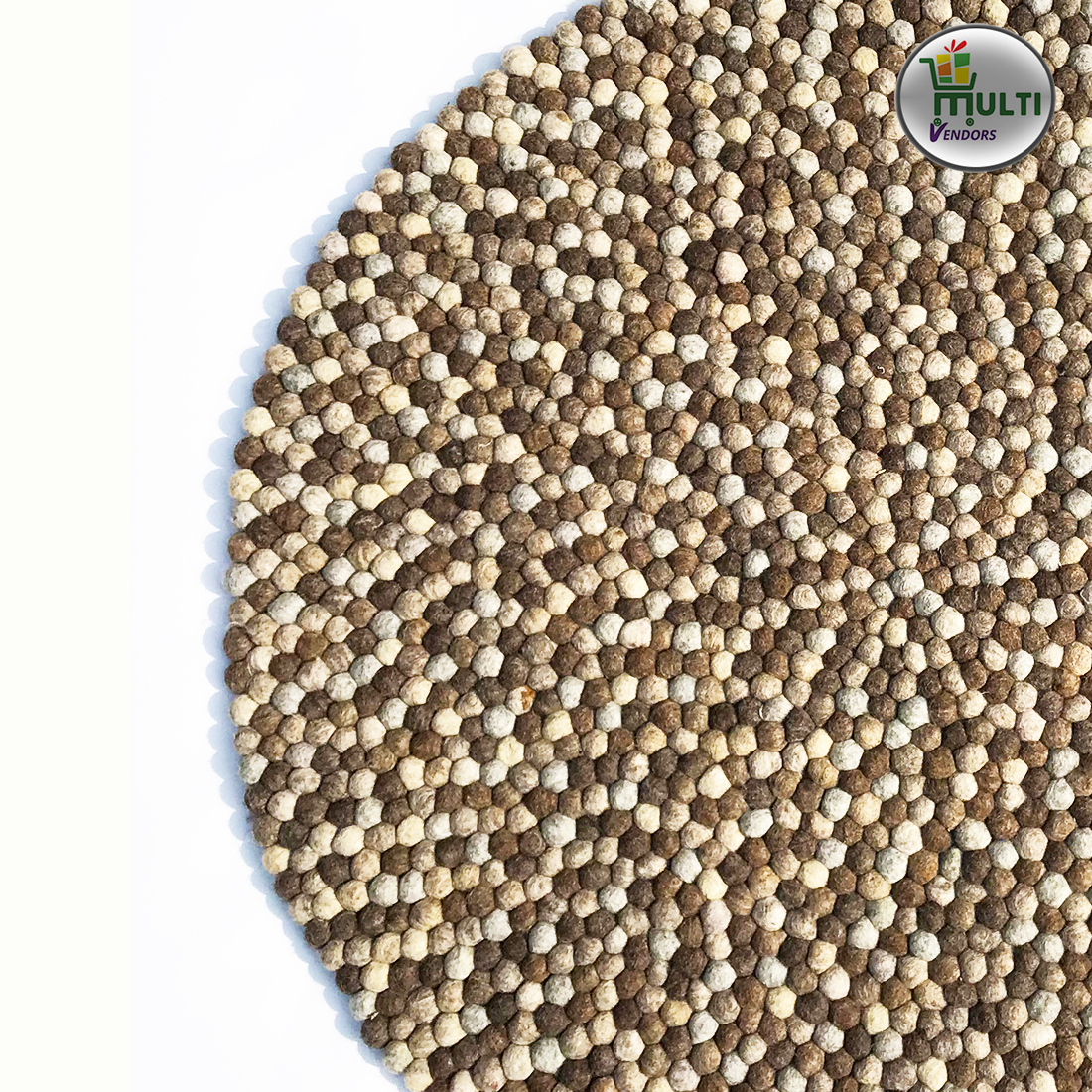
It is often made from the remainder fabric of clothing manufacture, and therefore is considered a recycled and green product. T-shirt yarn is a yarn made from the same fabric as is used in T-shirts and other wearables. Cut-length only applies to staple fiber.įilament extrusion is sometimes referred to as "spinning" but most people equate spinning with spun yarn production. Denier and Dtex are the most common weight to length measures. Synthetic fiber is most often measured in a weight per linear measurement basis, along with cut length. Filament is a continuous strand consisting of anything from one filament to many. Tow is a continuous "rope" of fibers consisting of many filaments loosely joined side-to-side. Staple is cut fibers, generally sold in lengths up to 120 mm. Synthetic fibers come in three basic forms: staple, tow, and filament.

These strands are drawn (stretched), annealed (hardened), and cured to obtain properties desirable for later processing. Synthetic fibers are generally extruded in continuous strands of gel-state materials. Some examples of synthetic fibers that are used as yarn are nylon, acrylic fiber, rayon, and polyester. Natural fibers such as these have the advantage of being slightly elastic and very breathable while trapping a great deal of air, making for some of the warmest fabrics. More rarely, yarn may be spun from camel, yak, possum, musk ox, vicuña, cat, dog, wolf, rabbit, bison, or chinchilla hair, as well as turkey or ostrich feathers. Other animal fibers used include alpaca, angora, mohair, llama, cashmere, and silk. Due to modern breeding techniques which accelerate wool growth, shearing sheep is required to prevent pests and overheating. The most commonly spun animal fiber is wool harvested from sheep. Other plant fibers which can be spun include bamboo, hemp, maize, nettle, and soy fiber. Other plant fibers Manila hemp warp yarns being prepared for weaving in a modern textile factory The linen fibers are derived from the flax plant. Linen is another natural fiber with a long history of use for yarn and textiles. Silk production is thought to have begun in China and silk thread and cloth manufacture was well-established by the Shang dynasty (1600–1050 BCE). The protein fiber of silk is composed mainly of fibroin and is produced by the larvae of the moth Bombyx mori.

Silk is a natural protein fiber, some forms of which can be woven into textiles. The most common plant fiber is cotton, which is typically spun into fine yarn for mechanical weaving or knitting into cloth. Main article: Natural fiber Cotton Flyer spinning of cotton Yarn can be made from a number of natural or synthetic fibers, or a blend of natural and synthetic fibers. Cotton, wool, and silk were the first materials for yarn, and textile trade contributed immensely to the ancient global economy. The human production of yarn is known to have existed since the Stone Age and earlier prehistory, with ancient fiber materials developing from animal hides, to reeds, to early fabrics. The word " yarn" comes from Middle English, from the Old English gearn, akin to Old High German garn, "yarn", Dutch garen, Ancient Greek χορδή, "string", and Sanskrit hira, "band". Although yarn may be dyed different colours, most yarns are solid coloured with a uniform hue. Yarn can be made of a number of natural or synthetic materials, and comes in a variety of colors and thicknesses (referred to as "weights"). Embroidery threads are yarns specifically designed for needlework. Modern manufactured sewing threads may be finished with wax or other lubricants to withstand the stresses involved in sewing. Thread is a type of yarn intended for sewing by hand or machine.
#Undyed felt free
You are free to use this Item in any way that is permitted by the copyright and related rights legislation that applies to your use.Yarn is a long continuous length of interlocked fibres, used in sewing, crocheting, knitting, weaving, embroidery, ropemaking, and the production of textiles.

Type of Resource Still image Identifiers NYPL catalog ID (B-number): b17139304 Barcode: 33333159303102 Universal Unique Identifier (UUID): 2e0c2000-c54f-012f-13ca-58d385a7bc34 Rights Statement The copyright and related rights status of this item has been reviewed by The New York Public Library, but we were unable to make a conclusive determination as to the copyright status of the item. (New York : Harper Brothers, c1845) Gilroy, Clinton G., Author. Source note: The history of silk, cotton, linen, wool and other fibrous substances. TitleFelt used undyed as tents, as garment and as hatsĭesign - Greek Dates / Origin Date Issued: 1845 Topics Decoration and ornament - Greece Felt hats - Greece Coins - Greek Men - Clothing & dress - Greece Genres Prints Notes Content: Printed on border: "Plate VIII 12" Verticle crease at center.


 0 kommentar(er)
0 kommentar(er)
